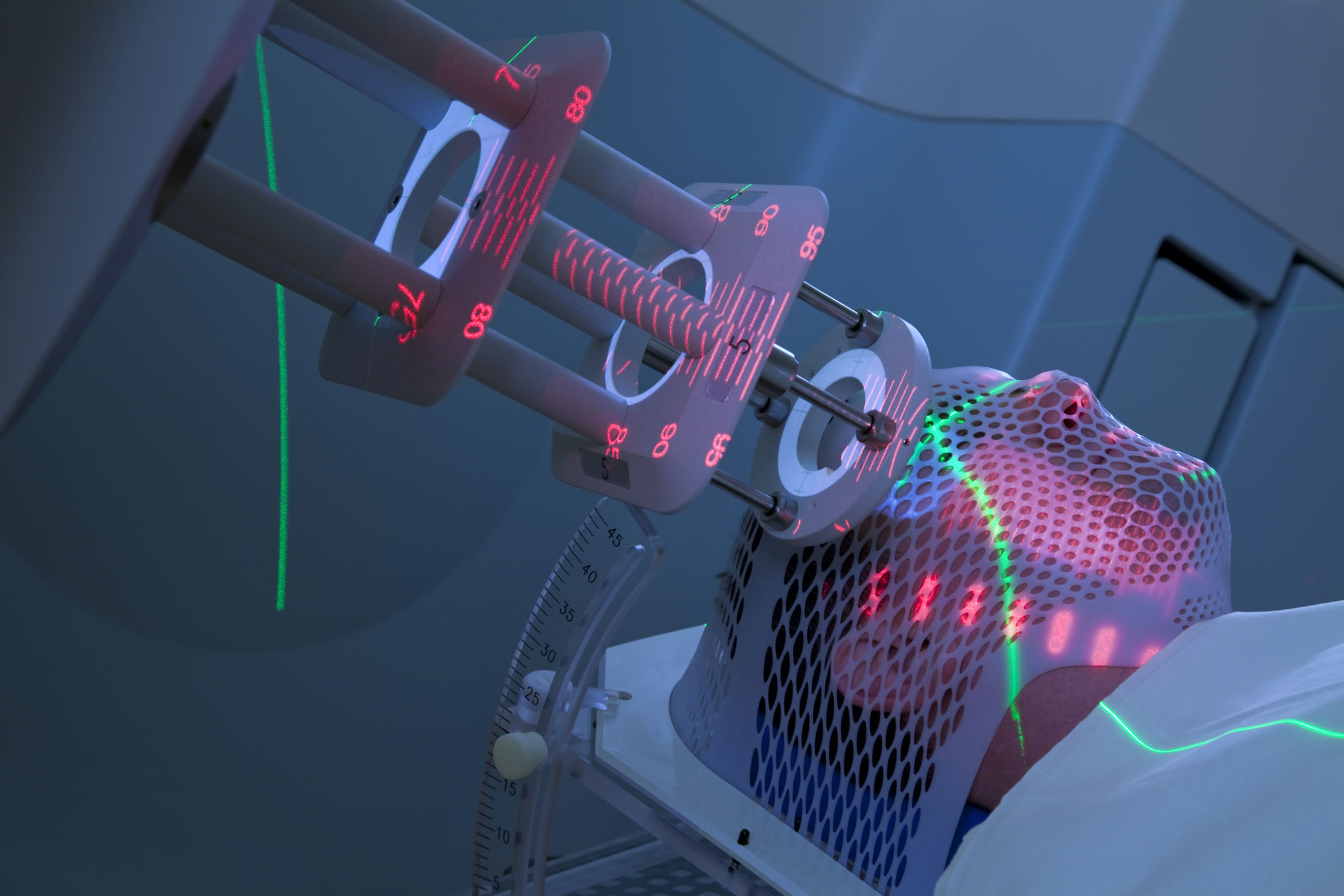Common Misconceptions About Cancer Treatment Debunked
Understanding Cancer Treatment
Cancer treatment has evolved significantly over the years, yet numerous misconceptions continue to circulate, causing unnecessary fear and confusion. It is crucial to debunk these myths to empower patients and their families with accurate information. Understanding the reality of cancer treatment can lead to more informed decisions and better outcomes.

Myth 1: Cancer Treatment Is Always Painful
One of the most common misconceptions is that cancer treatment is always painful. While some treatments like chemotherapy can have side effects, medical advancements have significantly reduced discomfort. Pain management strategies are an integral part of treatment plans, ensuring patients maintain a good quality of life. It's essential to communicate openly with healthcare providers about any pain experienced during treatment.
Additionally, not all cancer treatments involve chemotherapy. Options like targeted therapy, immunotherapy, and radiation can be less invasive and come with different side effect profiles. Each patient's experience is unique, and many find treatment more manageable than expected.
Myth 2: Alternative Treatments Can Cure Cancer
Another prevalent myth is that alternative treatments, such as herbal remedies or special diets, can cure cancer. While some complementary approaches may support overall well-being, they are not substitutes for conventional medical treatments. Relying solely on alternative therapies can delay effective treatment and worsen outcomes.

It's important to integrate evidence-based treatments with any complementary practices under the guidance of healthcare professionals. Clinical treatments are based on rigorous research and clinical trials, providing the best chance for successful outcomes.
Myth 3: All Cancer Patients Lose Their Hair
Many people believe that all cancer patients will inevitably lose their hair during treatment. This is not always the case. Hair loss is mainly associated with certain types of chemotherapy, but not all treatments cause this side effect. Furthermore, advancements in scalp cooling techniques have shown promise in reducing hair loss during chemotherapy.
Patients should discuss potential side effects with their doctors to better prepare and explore options that may minimize hair loss. Understanding what to expect can alleviate anxiety and help patients focus on recovery.

Myth 4: Cancer Treatment Is One-Size-Fits-All
Cancer treatment is often perceived as a one-size-fits-all approach, but this is far from true. Treatment plans are highly personalized based on the type of cancer, its stage, and the patient's overall health. Oncologists tailor therapies to maximize effectiveness while minimizing side effects.
Innovations in precision medicine have further refined this personalization, allowing treatments to target specific genetic mutations found in cancer cells. This approach increases the effectiveness of treatment and often reduces the impact on healthy cells.
Myth 5: Cancer Treatment Always Leads to Infertility
Concerns about infertility are common among cancer patients of reproductive age. While some treatments can affect fertility, this is not a universal outcome. Fertility preservation options, such as sperm or egg banking, are available and should be discussed with healthcare providers before starting treatment.

Advancements in treatment protocols also aim to protect reproductive health, allowing many patients to conceive naturally after recovery. Open dialogue with medical professionals can help navigate these concerns effectively.
In conclusion, debunking these common misconceptions about cancer treatment not only alleviates fear but also empowers patients to make informed decisions about their care. Staying informed and maintaining open communication with healthcare providers are key components in navigating the cancer journey successfully.